Active Water
Active Water technology uses clever sensors to weigh your laundry when you load the drum. This means the machine can work out just how much water, time and energy it needs to use throughout the cycle. So, you’ll save on your utility bills, without having to lift a finger.

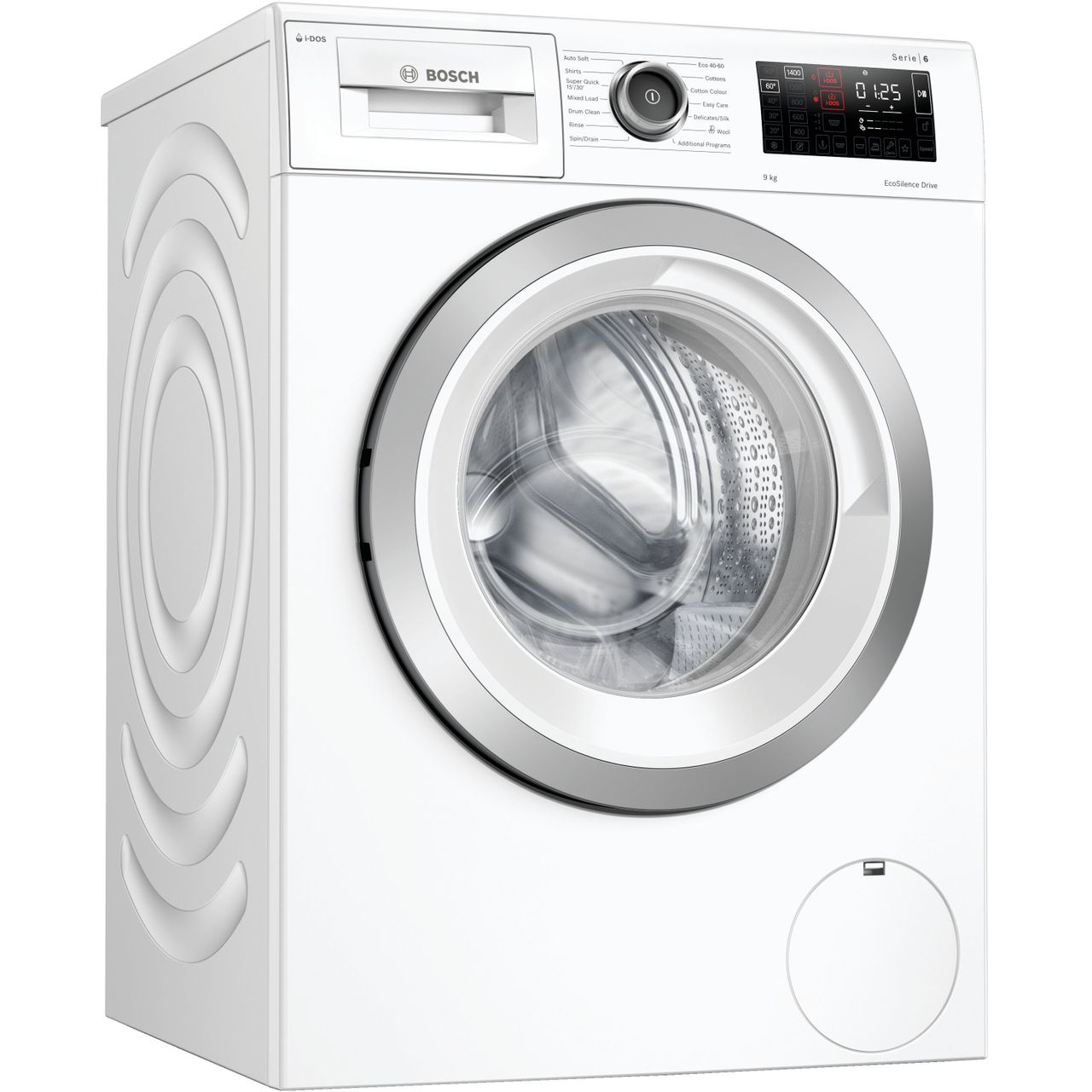
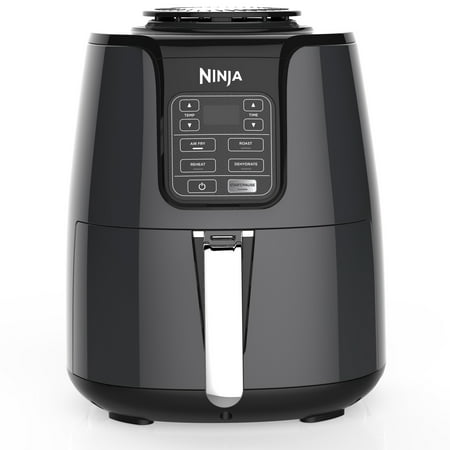
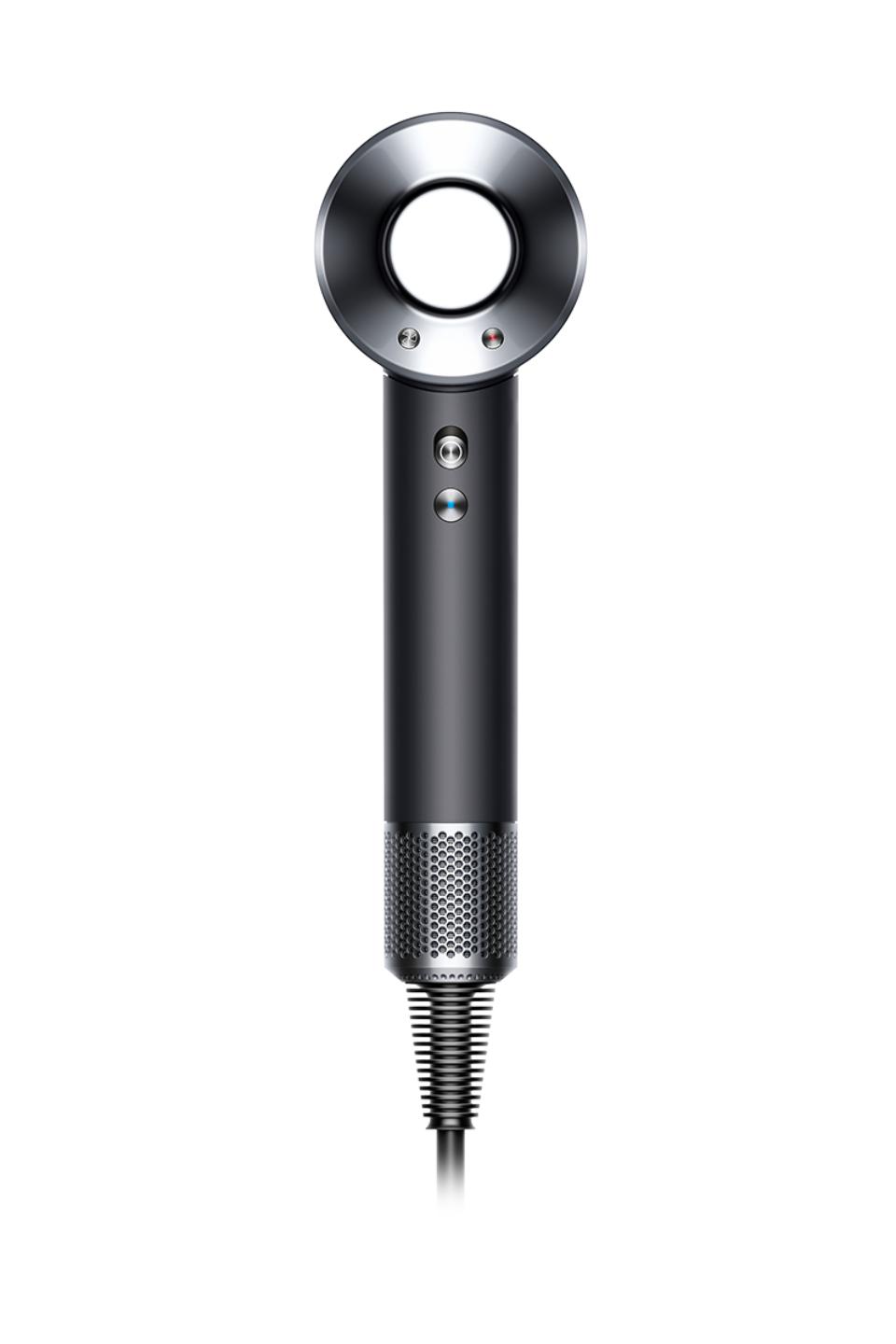
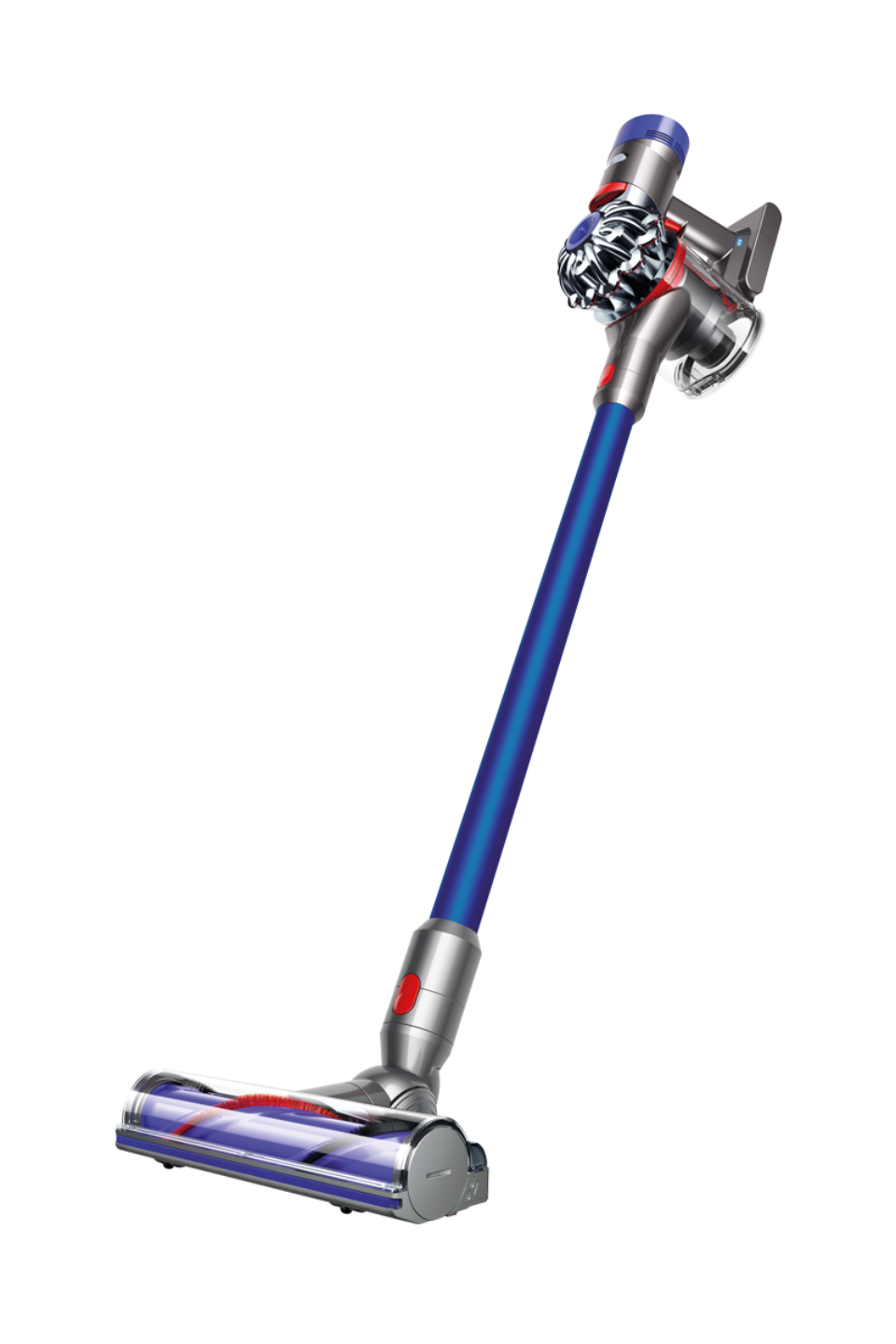
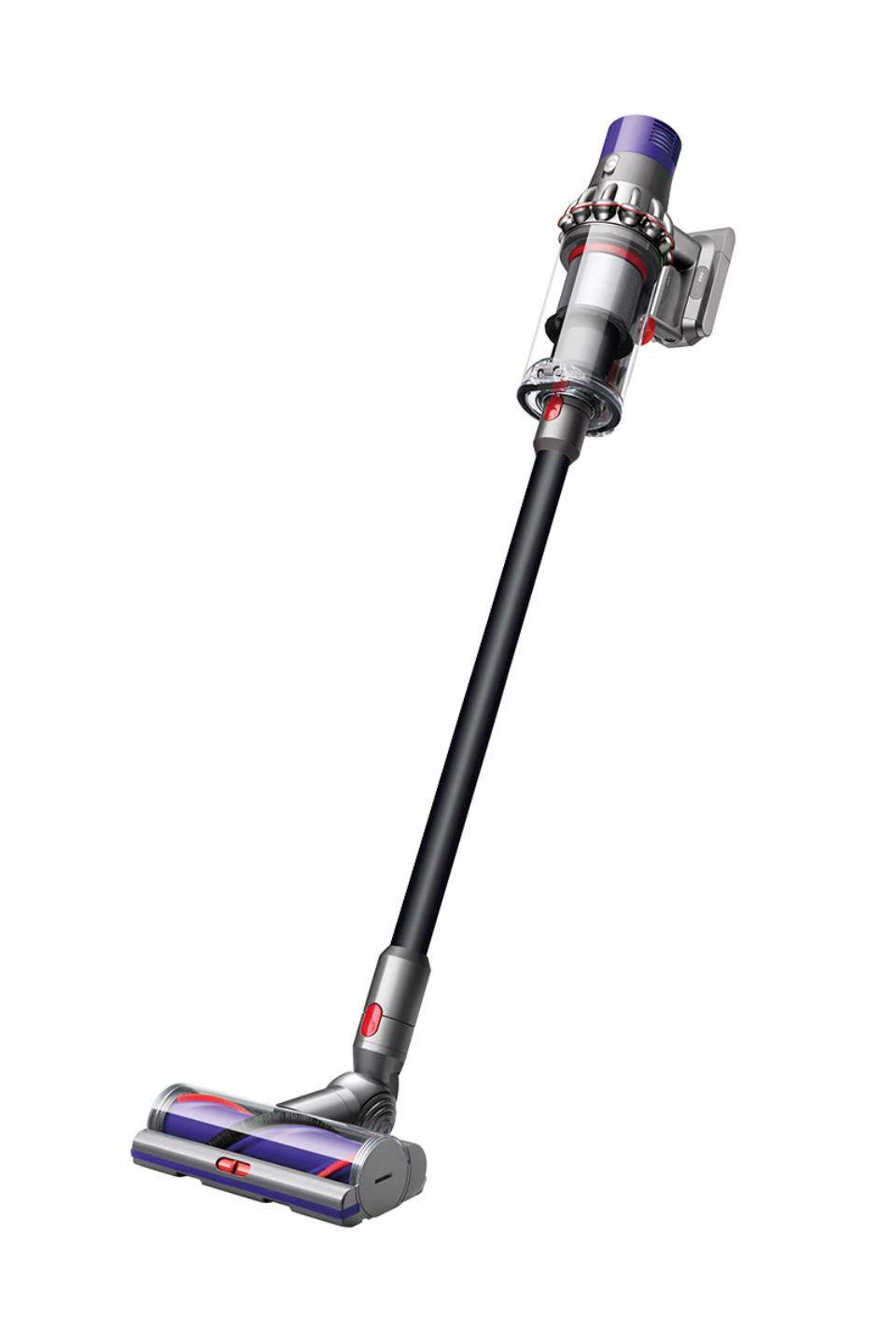

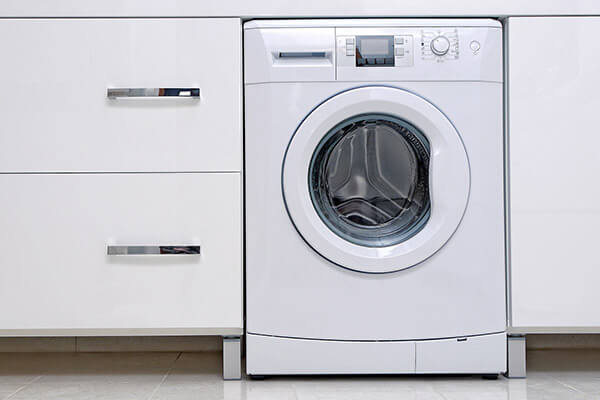
by Simon
Awesome machine, looks super modern and cleans really well. Its really solid and heavy machine, the delivery guys really struggled with the weight.
by Robert
I have found it to be both easy to use as well as seems to get clothes clean. The only slight problem I have had thus far is that the water intake hose has a bit near the end of it that sticks out quite a bit farther than other washing machines I have encountered. This was only a problem in that I had to widen the hole in my cabinet to get it through.
by Emma
Great machine so far, only 1 week old thou! Really pleased and straightforward to use. Haven’t used all the technology yet, but looks easy enough. I like the display that illustrates the difference in power and water consumption dependent on programme selected- has made me rethink the programme I use and switch to a more efficient option already. These are longer, but the delay start allows you to load before bed and it to start whilst your still sleeping. Its quiet enough so it won’t wake you. Cleans the clothes really well.
by Paul
Excellent Washer, very quite and has lots of settings. Like the wifi as it send a message when its finished and also low on detergent etc
by Janice
Having had my previous Bosch washing machine for 17 years, I had no hesitation to purchase another, once I came to grips with the electronic display, and with the help of a YouTube video the machine is as I expected Excellent – very quiet with a large capacity drum and with an automatic soap/softener dispenser it saves adding manually to every wash – I would not hesitate to recommend this reliable brand